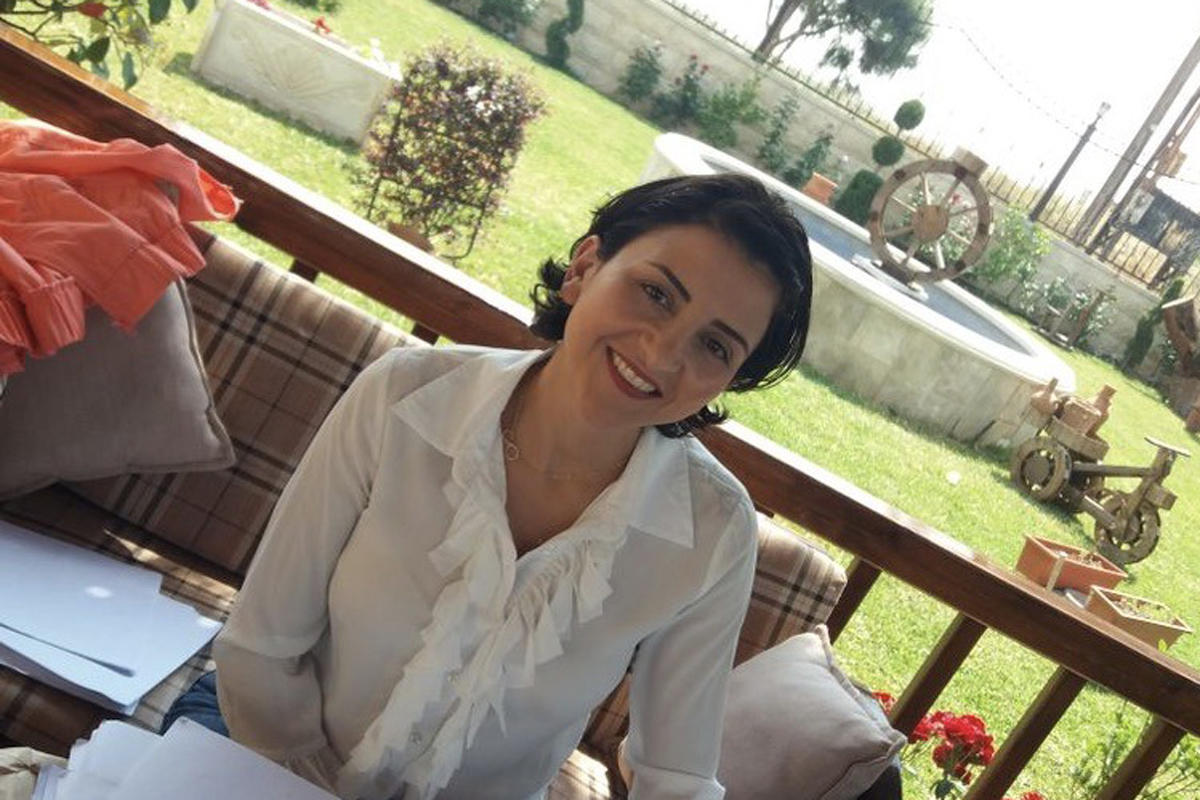Research Highlight: Keeping Breast Milk Safe
Assistant Professor of Chemistry Jomana Elaridi speaks about toxicity in breast milk and what mothers can do about it.
A study has shown the presence of toxic metals in women’s breast milk in Lebanon, which scientists have linked to mothers’ diet, smoking habits and exposure to pollution.
The study, “Lead, Cadmium and Arsenic in Human Milk and their Socio-demographic and Lifestyle Determinants in Lebanon,” was published in 2018 in the top-ranking journal Chemosphere.
The research was a collaborative effort between Assistant Professor of Chemistry Jomana Elaridi, Associate Professor of Food Science and Technology Hussein Hassan, and Associate Professor of Nutrition Maya Bassil in collaboration with the American University of Science and Technology. It was funded with a grant from the National Council for Scientific Research (CNRS).
The study tested a total of 74 breast-milk samples collected from lactating mothers residing in different areas of Lebanon. The primary aim was to evaluate the exposure of infants to toxic metals from breast milk and to establish determinants that contribute to their presence.
According to the study, 63.51 percent of the samples tested positive for arsenic, of which 87.23 percent were above the safe limit set by the World Health Organization (WHO). Lead contamination was observed in 67.61 percent of the samples, of which 83.33 percent exceeded the limits set by the WHO. Meanwhile, cadmium contamination was detected in 40.54 percent of the human milk samples, of which 23.33 percent of the positive samples exceeded the WHO limits.
The average levels of the toxins found in milk samples were used to estimate an infant’s average weekly intake (AWI) of each of the metals.
“We estimated the quantity of breast milk infants consume at this age, combined with the determined metal concentrations, and we divided it by the body weight to see how much of this toxic metal they are exposed to per kilogram of body weight,” Dr. Elaridi explained.
The good news, she said, was that the AWI of lead, arsenic and cadmium was determined to be less than the provisional tolerable weekly intake (PTWI) previously set by the WHO.
Careful not to send out the wrong message to nursing mothers, Dr. Elaridi stressed that the study in no way implies that breast milk is unsafe for babies to consume.
“It is important to highlight that exclusive breastfeeding protects nursing infants from exposure to toxic metals and various contaminants, and thus the benefits of breastfeeding compensate for the potential risks,” she said, adding, “We should acknowledge that human milk is just one of many ways infants can be exposed to these harmful contaminants.”
The findings, according to Dr. Elaridi, further highlight the need for public policy makers to establish and implement good agricultural practices, monitoring policies, and food-safety and education programs for nursing mothers.
In terms of establishing connections between mothers’ diet and lifestyle and the presence of contaminants, the study found that arsenic levels in breast milk were correlated with a diet rich in fish, seafood and cereals such as rice and grains.
“Our recommendation to the moms is to take care of the sources of their food. Try, for example, to buy packaged rice and from reputable suppliers (for example ISO22000:2005 certified),” Dr. Elaridi said.
With respect to lead, the study found that participants who live close to agricultural areas had higher lead in their milk due to contaminated soil. Another reason for lead accumulation was smoking before pregnancy.
The study found that cadmium levels in the samples were lower than lead and arsenic. Dr. Elaridi added that exposure to second-hand smoke caused the accumulation of cadmium in the milk, because the metal is found in tobacco, filters, cigarette smoke and cigarette paper.
In line with criteria set by the WHO, the participants were first-time mothers under the age of 30, breastfeeding one child only, and available for sample collection within three to eight weeks of delivery, among other conditions.
